Blizzards, hurricanes, desert heat—extreme weather doesn’t wait for your battery to charge.
When the environment turns hostile, phones flinch. Screens freeze. Apps crash. But your crew still needs to talk. That’s when a two-way radio goes from handy to essential.
From emergency responders in 110°F wildfires to utility workers knee-deep in icy floodwaters, reliable communication isn’t just useful—it’s survival-grade gear. The good news? Today’s two-way radios are built to take a beating. The better news? You can help them do their job even better.
Here’s how to keep your comms clear when the skies go sideways.
1. Check the IP Rating—Seriously
You know those cryptic “IP67” or “IP54” numbers on your radio? They’re not marketing fluff.
- IP67 means your radio can survive full immersion in water and keep out dust like a champ. Ideal for rainstorms, snow squalls, or sandy hellscapes.
- IP54? Decent splash resistance, but don’t go dropping it in slush.
Bottom line: know your gear. If your job involves getting wet, dirty, or frozen, choose radios rated for it. Your team’s ability to coordinate may depend on that spec.
2. Batteries Hate the Cold (and the Heat)
Extreme temperatures will chew through batteries faster than expected.
- In cold weather, battery performance drops—sometimes by 50% or more. Keep spare batteries warm in an inside pocket.
- In high heat, overcharging and exposure to direct sun can degrade performance over time.
Pro tip: rotate batteries often. If your radio supports external charging packs or USB-C, even better. Just don’t assume your usual 12-hour shift runtime will hold in a storm.
3. Don’t Rely on Cell Towers in a Disaster
Here’s a not-so-fun fact: during hurricanes, wildfires, and ice storms, cell networks often go down first.
That’s where two-way radio shines. Whether you’re using UHF/VHF frequencies or nationwide LTE push-to-talk, your communication doesn’t need to depend on fragile infrastructure.
Better yet? Some advanced radios offer hybrid connectivity, giving you local short-range radio and long-distance LTE in the same device. If one fails, the other picks up the slack.
4. Use Earpieces and Mics (Your Gloves Will Thank You)
Fumbling with buttons in freezing rain? Not ideal.
External speaker mics and earpieces let you operate your radio with gloves on, without fishing it out of a soaked pocket. Windy day? Use a noise-cancelling mic to cut down on garbled messages.
Small accessories, big difference.
5. Program Emergency Channels in Advance
When conditions get dangerous, seconds matter. Make sure your team’s radios are pre-programmed with:
- Emergency broadcast channels
- Priority team frequencies
- Local weather updates (NOAA channels, if supported)
Don’t wait until you’re knee-deep in snow to realize everyone’s on a different channel.
6. Store Radios Right Between Shifts
Moisture and condensation are stealthy killers. After using radios in extreme weather:
- Wipe them down—especially around ports and battery compartments.
- Avoid storing them in sealed containers where moisture can’t escape.
- Don’t leave them in freezing vehicles overnight unless they’re rated for it.
Proper storage keeps electronics healthy and ready for the next round.
7. Train for Worst-Case Scenarios
Having radios is one thing. Knowing how to use them under pressure is another.
Make sure your team knows:
- What to do if the primary radio fails
- How to switch to backup frequencies
- Where spare batteries and chargers are located
- How to use emergency alert functions, if available
Muscle memory matters when adrenaline kicks in.
Final Word: Radios Don’t Panic—People Do
Extreme weather is unpredictable. Tornadoes, blizzards, flash floods—they don’t check your comms plan before they hit. But a well-used two-way radio doesn’t need signal bars or screen sensitivity. It just works—if you know how to work with it.
Invest in the right gear. Train your team. Prepare for the worst. Because when nature gets loud, clear communication might be the only thing that cuts through the noise.

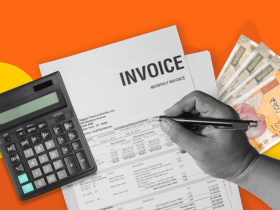








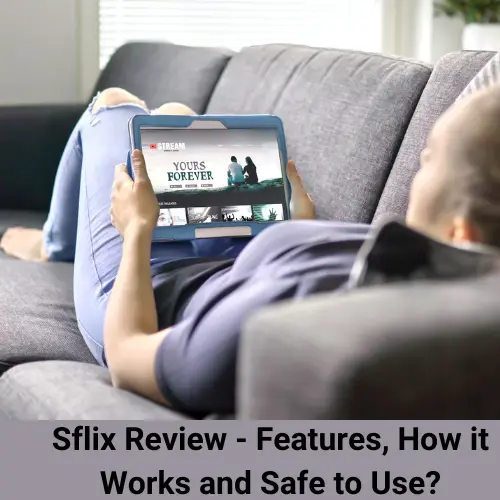




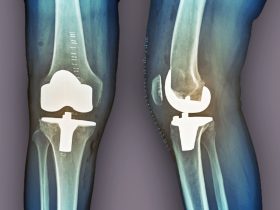





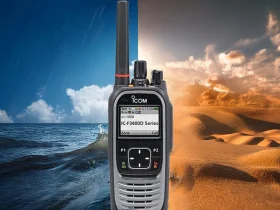
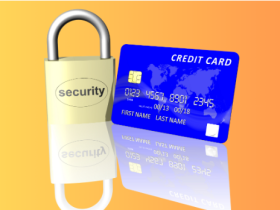
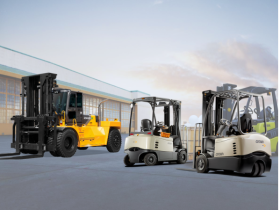

















Leave a Reply